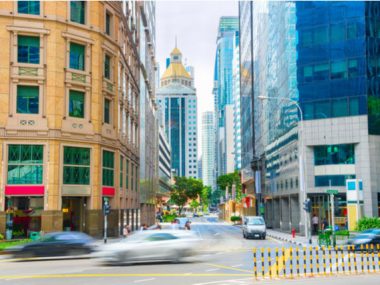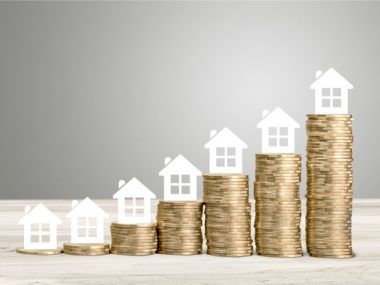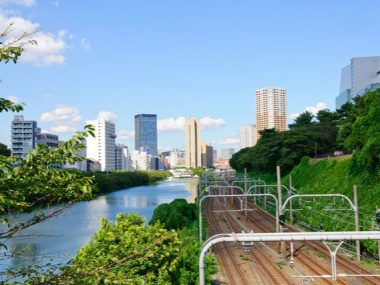When selecting properties for real estate investment, the area it is located within and the nearby station will have a significant impact on future asset values. However, even with two properties in the same area, the asset value can vary greatly depending on the contents of the property and the walking time from the station.
Walking distance from the station determines resale value.
Tokyo Kantei calculates the resale value (Asset Value Maintenance Ratio) of used condominiums near selected stations which were first sold 10 years ago, based on the prices at the time of the original sale and the current transaction prices.
For example, if the selling price was 20 million yen 10 years ago and the current transaction price is 25 million yen, 20 million yen divided by 20 million yen = 1.25, so the resale value is 125%. Conversely, if the price drops to 15 million yen, then 20 million yen divided by 15 million yen equals 0.75 million, making the resale value 75%. This means that when the resale value exceeds, the asset value increases, and when it falls below 100%, the asset value decreases.
Tokyo Kantei says that the average resale value across the 683 stations in the Tokyo metropolitan area is 91.5%. On average, the value of assets has declined by about 8.5% in 10 years.
Less than five minutes on foot makes it easier to maintain asset value
Even if two properties are near the same station, the resale value varies greatly depending on the walking time from the station. Of course, the shorter the walking time, the easier it is to maintain the asset value, and the further it is, the harder it is. According to Tokyo Kantei, the resale values of condominiums in the Tokyo metropolitan area by walking time are as follows.
Within a 5-minute walk 101.0%
6 to 10 minute walk 94.5%
11 to 15 minute walk 87.5%
16 to 20 minute walk 84.9%
Walk for more than 21 minutes 80.9%
Bus service 82.4%
If it takes less than 5 minutes to walk from the nearest station, the resale value exceeds 100%, and the property can be expected to maintain or improve the asset value, but if it takes more than 6 minutes, the price tends to drop. Especially, with properties that take more than 21 minutes to reach on foot or by bus, the price decreases by about 20% on average. Depending on the property, there may be cases where the rent is lower as a result.
Acceptable walking time is getting shorter every year.
Recently, due to the progress of redevelopment in front of stations, the number of properties within a 2-3 minute walk from them has increased. For this reason, distance from the station has become an even more important factor for residents. People used to think a 10-minute walk was acceptable, but now, less than 7 minutes is often preferred, or even less than 5 minutes ideally.
If it is within 3 minutes on foot, you may be able to expect a more definite price rise. According to Tokyo Kantei, the resale value rises to 102.7% if limited to a 3-minute walk. The resale value is slightly higher than within 5 minutes on foot.
You can choose a property near the next station rather than a property far from the popular station.
However, depending on the area, it may be difficult to find a property within 5 minutes’ walk, never mind 3 minutes’ walk. Even if you find one, it will likely be extremely expensive.
In that case, you can take the plunge and look for a property within 5 minutes walk from the next station. When there is a shortage of properties at stations in popular areas, people tend to turn to the surrounding areas and the prices of properties at stations around them tend to rise too.
However, whether you can expect the price increase or not depends largely on the potential of the station. If possible, you should actually go there and check if you can expect the asset value to increase with your own eyes.







